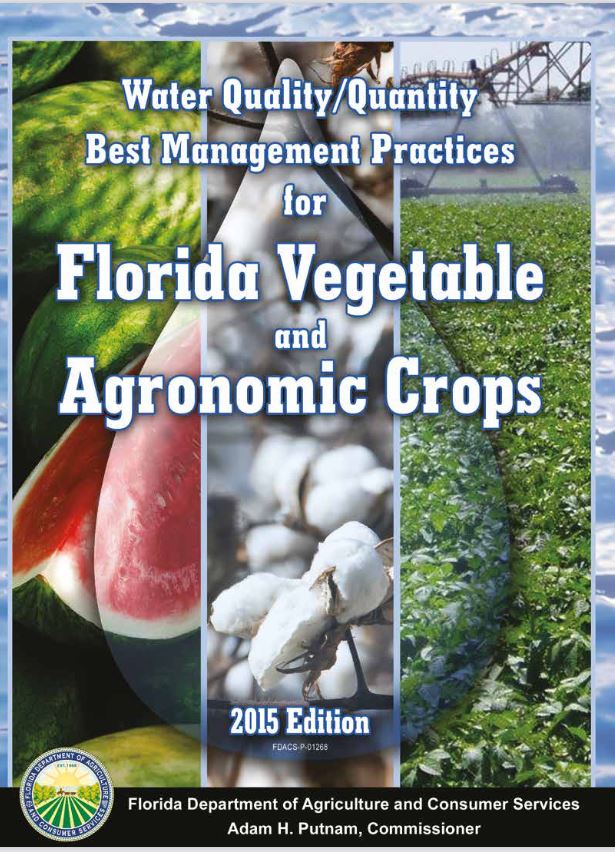Dr. Michael Dukes, UF/IFAS Center for Land Use Efficiency Director
–

Water Quality/Quantity BMP for Vegetable and Agronomic crops
Since Senate Bill 712 (SB 712) was signed into law July 2020 there have been many questions about requirements and implementation. We have worked closely with the Florida Department of Agriculture and Consumer Services, Office of Agricultural Water Policy (FDACS-OAWP) to communicate facts about SB 712. Previously we posted early information about the new legislation: Senate Bill 712 Overview Letter for Agricultural Producers and later we posted a list of frequently asked questions about SB 712: From Senate Bill 712 to the Clean Waterways Act and Agricultural Best Management Practices. There are still questions about how and when required records will be reviewed and collected as well as what is meant by mitigating best management practices (BMPs). The list below serves to provide further clarification of the SB 712 record collection process and how mitigating BMPs will be determined.
- Record keeping under SB 712 is not new. Fertilizer records have been required since manuals were created. SB 712 now requires that nitrogen and phosphorus fertilizer application records be collected by FDACS. The data will be provided to the Florida Department of Environmental Protection (FDEP) on a Basin Management Action Plan (BMAP) consolidated basis.
– - FDACS field staff will use the Nutrient Application Record Form (NARF) during the Implementation Verification (IV) visit to collect records. The NARF or a similar form could be used by growers to keep records, but other records required by the manual will still need to be available for review. There is an optional electronic tool available to growers to help with record keeping.
_ - Records are not collected until the IV visit.
– - The IV visits are now required every two years by law.
_ - Time will be provided for implementation of recommended corrective actions. For some actions, the correction may be relatively quick, but for others it may be the next crop season. The corrective action time-frame will be determined on a case by case basis.
_ - The Institute of Food and Agricultural Sciences (IFAS) recommended fertilizer rates are a starting point. If higher rates are being used, justification will need to be provided, based on scientific analysis, but will require mitigating BMPs be used.
– - Mitigating BMPs will be determined on a site by site basis by FDACS.
–
- Where Did That Weed Come From? The Importance of Weed Management Practices and Timings - December 5, 2025
- Sustainable U.S. Peanuts Kicks Off 2025 Crop Enrollment - December 5, 2025
- Grant Opportunity Available to Attend American Forage & Grassland Council Conference, Ashville – January 12-15 - December 5, 2025
